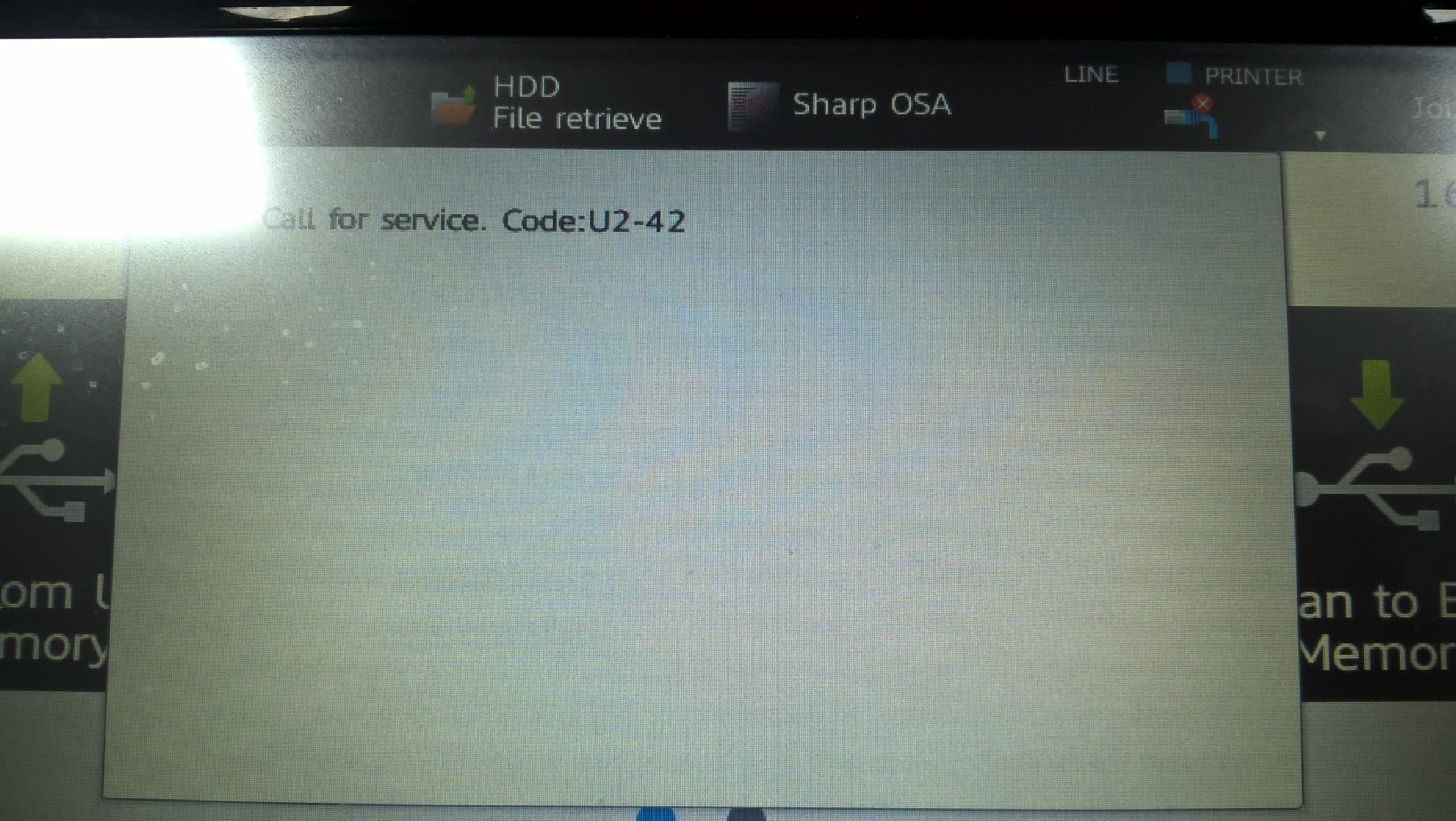Understanding the Risks: Sharing Your .har File with a Scammer
Recently, I found myself in a situation that I believe is worth discussing, particularly for those who may not be familiar with the risks associated with sharing certain types of data online. In a moment of carelessness, I inadvertently shared a .har file with someone whom I later realized was a scammer. If you’re wondering what this means and what potential access I may have granted them, allow me to share my experience.
A Moment of Lapse
Initially, I received guidance from an individual who seemed to have legitimate intentions. They instructed me to open my browser’s inspect element feature, navigate to the network tab, and save my browsing data as a .har file. The process seemed harmless at the time, but I quickly recognized how foolish this decision was when I discovered that they had made several attempts to access one of my online accounts.
Fortunately, my account was protected by two-factor authentication, which thwarted their attempts. However, I am left with a lingering concern: what exactly did I expose them to with that .har file?
What is a .har File?
For those who may not be familiar, a .har (HTTP Archive format) file is essentially a record of network activity in your browser. It captures the requests, responses, and other data related to your web activity, which can include sensitive information such as cookies, authentication tokens, and other session details. This means that if someone gains access to your .har file, they could potentially retrieve any relevant personal data transmitted during browsing sessions.
Exploring My Concerns
From my understanding, the individual primarily focused on the account that was open in my browser when I generated the .har file. However, I can’t help but worry about any other information they might be able to access. Was my login information exposed? Did I inadvertently share my session cookies or authentication details? It’s unsettling to consider the possibilities.
Taking Action
After some much-needed research and reflection, I realized the importance of not only understanding the potential pitfalls of sharing sensitive information but also taking immediate steps to protect myself. I promptly changed my passwords, starting with the account that had been targeted, and I encourage anyone reading this to ensure their own passwords are strong and secure.
While it’s easy to make mistakes—especially when faced with someone who appears knowledgeable—awareness is crucial. If you ever find yourself in a similar situation, remember to assess the situation
Share this content:



